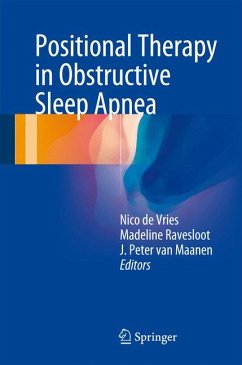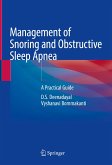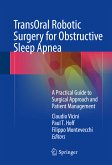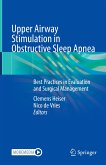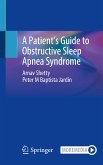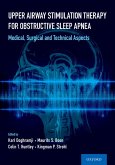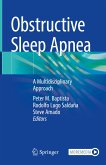Positional Therapy in Obstructive Sleep Apnea presents improved OSA diagnostic methods and the tools needed to implement positional therapy in clinical practice. This includes patient work-up, positional therapy with or without other treatments, consequences of guidelines, and future developments.
Clinicians, students and researchers will find this comprehensive guide to be an invaluable resource for evaluating and treating sleep breathing disorders.
Dieser Download kann aus rechtlichen Gründen nur mit Rechnungsadresse in A, B, BG, CY, CZ, D, DK, EW, E, FIN, F, GR, HR, H, IRL, I, LT, L, LR, M, NL, PL, P, R, S, SLO, SK ausgeliefert werden.

